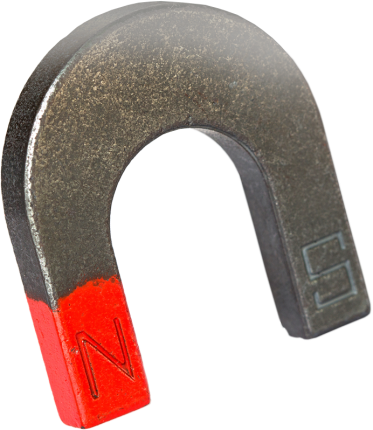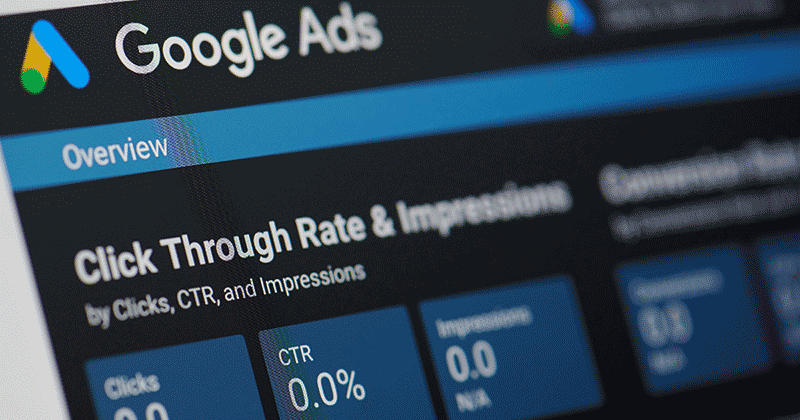Google’s Super Secret Ad Network Emerges
Google still won’t admit to it, but the Tech Zone’s John Chow broke the story about an invitation he received to join Google’s exclusive, super secret CPM display advertising network which hopes to bring Fortune 1000 companies into Google’s advertising hold.
The top secret system is nicknamed the Google Display Advertising Network and is strictly invitation only. John outlined the goal of Google’s new ad network on his blog yesterday:
"Google has been hand-selecting sites (no word on how many sites has been chosen) that they want to put in front of Fortune 1000 companies. The goal being to sell these big companies display and video ads at a very high CPM – unlike the AdSense network, the display network is 100% CPM based."
How does it work? Google is handpicking several exclusive sites to experiment with the new image and video display ads. Once on board, publishers will be able to negotiate a flat CPM rate with Google. John says the contracts are good for one year and publishers must guarantee Google they will provide [X] number of ad inventory each month. Publishers are able to increase the ad inventory while still receiving the same CPM rate, and will also receive weekly (but limited) status emails from Google giving them their page views and ad impressions.
Since small publishers can already take advantage of display advertising via Google’s AdSense network, we assume the new Google Display Advertising Network will be geared solely toward large sites, at least for now.
Unfortunately, we don’t know much more than that, which is a shame, because as usual, I have questions.
First, can the flat CPM rate be adjusted during the year-long contract? Or do publishers sign off their rights to Google, who can then sell the add space to the highest bidder? If I was an advertiser I’d be curious about that. I’d hate to find out Google is giving me a $10 CPM and then selling it big name advertisers for three times that amount. It seems to me the flat rate may benefit Google much more than publishers.
Second, what’s the purpose of the contract? Does it give Google sole rights to act as your advertising middleman, lock you into a certain CPM price year-long, or promise publishers something else the general public doesn’t get? I have no idea.
Third, John mentions that while normal AdSense publishers are left in the dark about the revenue split on their accounts, things are much more open in the new display network. Why is Google willing to be more transparent with these big money sites than they are with regular publishers? That’s not very Googley. I don’t like the idea of Google catering to those with deeper pockets, while leaving their bread and butter publishers in the dark.
Fourth, why is this network being kept so super secret? Is Google trying to scoop up more advertisers without drawing attention to it? Are they afraid the network may fail? Or perhaps they’re running this like a beta and quietly testing things (which would make sense)? We don’t know, but by not saying anything about it, it makes it look a little fishy.
Regardless of the motives behind it, it’s obvious Google is trying to improve what has so far been a lackluster dive into display advertising. Maybe working one-on-one with a small group of handpicked advertisers will allow them to get the feedback they need to launch this network publicly. Either way, this is definitely one to keep an eye on…even if it technically doesn’t exist.

Comments are closed









